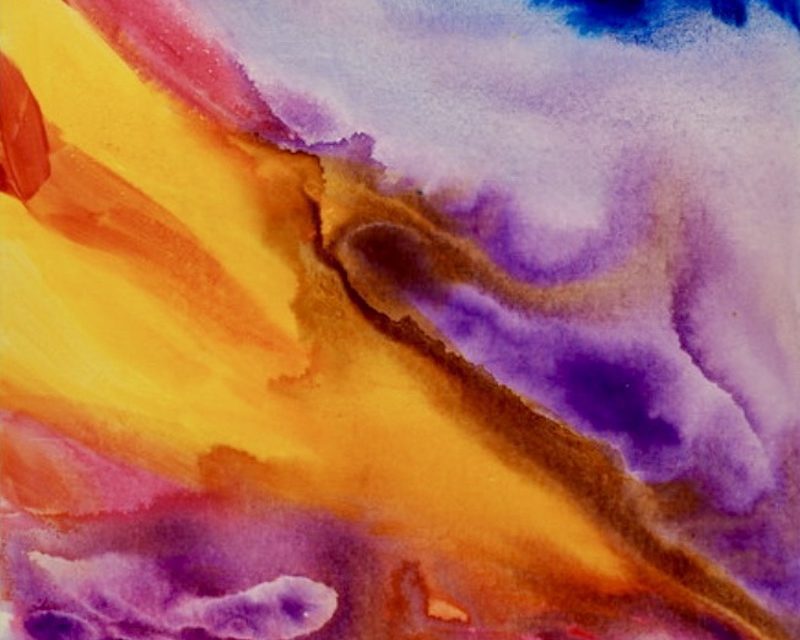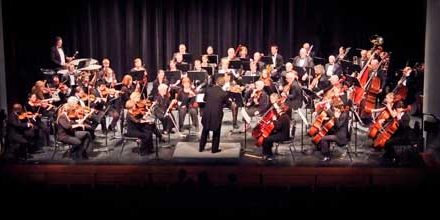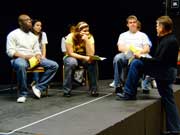
By Bonnie Carter
Thirty-one accomplished artists from South Carolina, North Carolina and Georgia joined forces for a special art exhibition at University of South Carolina Beaufort Center for the Arts, located at 805 Carteret Street in Beaufort.
“Visual Conversations: Our Voices” will take viewers on a journey through non-objective abstract art from October 22 through December 13. An opening reception is tentatively scheduled for 5-7 p.m. Nov. 18. The public is invited to attend.
“Rather than render the external world, these 31 accomplished Southeastern artists engaged with their materials and media to say what words alone can not,” said Ellen Hathaway, a participating artist.
The artists have decades of experience in mixed media art, many have won prestigious awards and exhibited all over the country.
The name of the exhibit — “Visual Conversations: Our Voices” — is inspired by how the artist engages with materials and media “to speak or to mirror a feeling that swells from within,” according to Penny Beesley, the event coordinator.
Long before each work hangs on the wall, its creator has moved about that surface

By Temme Barkin-Leads
with lines, motion, colors and textures. Each artist has engaged in a visual conversation with materials and media. Beesley added, “Once the work was delivered, much reflection went into presenting these works as a whole, taking into account the visual conversations between paintings. Once the doors open, the public will experience these works individually and as a whole.”
When the subject of the art is shape, space, gesture or color, it’s difficult to find meaning when there is nothing to understand. Instead, viewers are asked to determine their own meaning of each piece, asking themselves:
- What kind of conversation might you engage with these paintings?
- What feelings are evoked when you see the art?
- Do techniques, color or the handling of the media convey something to you?
- Does a particular work conjure a memory, recall a dream or desire?
“You’ll be fascinated when you look closer at how the artists use and arrange the formal elements and principles of art to create a work that does not represent a physical object, yet can reach in and touch your soul,” said Hathaway.
This is how non-objective works become an interpretive experience, for the artist and for the viewer.








